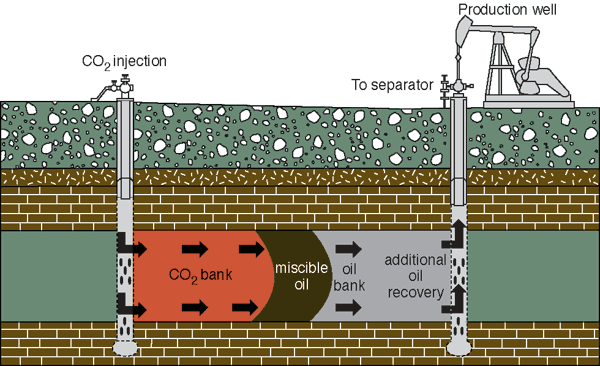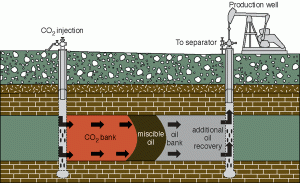October 10, 2013 – Dirk Smit, Vice President of Royal Dutch Shell, heads up the Exploration Technology Division. Seen in the picture at the bottom of this posting, Smit spoke at this year’s EmTech, October 9 to 11, a conference on emerging technologies, sponsored and hosted by Massachusetts Institute of Technology.
In his speech he described his vision of the future, one that uses a lot less oil. He pointed out that the decline in usage will have nothing to do with the amount of supply. That’s because hydraulic fracturing and Deep Sea drilling technology have completely turned around the notion that we have passed “peak oil.” Smit believes, that based on the technology of today, there is accessible oil to meet current levels of demand for at least the next two centuries or more. But should demand decline then untapped oil will be around for much longer.
It is the exploration and extraction technologies developed by oil companies like Shell that are key to sequestering carbon. Today oil companies know more about the geology of what’s under the ground than ever before. They can produce detailed imaging of underground stratigraphy. They know where CO2 can be stored in stable rock formations, where sandstone formations can be used to become permanent carbon sinks.
Today oil companies inject CO2 into depleted oil fields to extract more fossil fuel (see image above). So it is no stretch for companies like Shell to turn this into sequestration projects. And in fact Shell is doing just that with the only carbon sequestration project currently on the go in Canada.
According to Smit, oil companies like Shell have the means to make sequestration work but few to-date are actually doing anything about it. That’s because having all those oil reserve barrels on the balance sheet inflates the value of their companies, and until carbon has appreciable asset value equal to or greater than oil it is highly doubtful that calls to action will actually turn companies away from extraction and on to storage.











